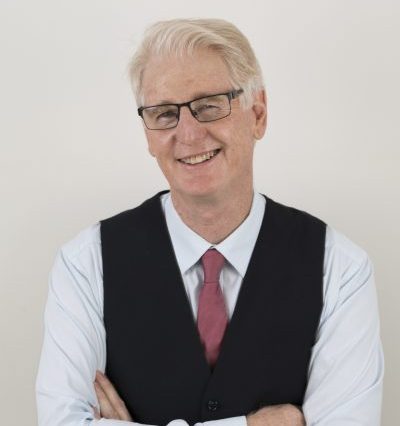It must be at least fifteen or twenty years ago when I first heard the term ‘under-recovery’. Until then we had labelled chronic, repetitive microtrauma injuries as ‘over-use’ injuries. Believing that the tissues were damaged due to repeated, frequent overloading.
Under-recovery suggested that the loading may have been quite appropriate, provided the tissue (tendon, fascia, muscle, bone, sheath, etc) had sufficient time since the last loading cycle to recover.
The ability to absorb more loading was reframed from one of being too hard on the body, to instead being too impatient and not allowing the normal cycle of post-training stress recovery reach completion.
So we started managing the recovery cycle with the same diligence and vigilance as we did the work cycle of training. Not only did we reduce the injury stress, but it turns out the level of performance would often go up as well. Whether this was due to the change of cycles directly or due to the longer period of training possible because it was not being interrupted by injury is difficult to say, and possibly irrelevant.
However this was a short won victory for common sense. Once the coaches realised sports science could improve the quality of the recovery cycle they increased the frequency and intensity of the loading cycles to maximise training adaptations. Active recovery strategies led to increased loading cycles and the injury and burn-out complications reasserted themselves.
I find the same thing happens in a busy life of work, family, recreation and chores. When I raise the efficiency of managing my tasks I then see gaps into which I can add more tasks…
So, how are YOU doing? How is your RESILIENCE?
Resilience: the current buzzword in business training and life management is RESILIENCE. It is not new, just a rebadging of the ability to bounce back, to roll with the punches to pull yourself up by the boot-straps, and other meaningless babble.
But actually it is not so much overload as it is under-recovery in terms of not quite regaining your equilibrium between the challenges that life will inevitably throw your way.
Each of us will handle this in their own way. Maybe not a rational or appropriate way, but the way we have always used (habit) probably learned when our minds were most plastic (childhood and adolescence).
Recognising your resilience is compromised is the first stage of avoiding burnout, depression, anxiety or other such failures of your coping mechanisms. Taking action and seeking assistance is the next step. Action and time to allow your recovery cycle to prepare you to step back into life’s fray.
Looking on from outside, you may not fully appreciate the range or depth of others’ overloading and risk judging them harshly for what you perceive as failings. Really, really try not to do that. It is not helpful for either of you. Ask how you might help (not fix, just help) them share the load. And if you are part of the problem, get out of the way without taking it personally (tough ask).
Finally, keep an eye on each other – your loved ones, your family, your team mates and employees. Your professional colleagues, teachers, students and most importantly yourself. Be mindful of how others are coping and dealing with their loads before you dump some of yours.


 Opening by Barry Cheales, Ted O’Brien MP and Scott Buchholz MP.
Opening by Barry Cheales, Ted O’Brien MP and Scott Buchholz MP.